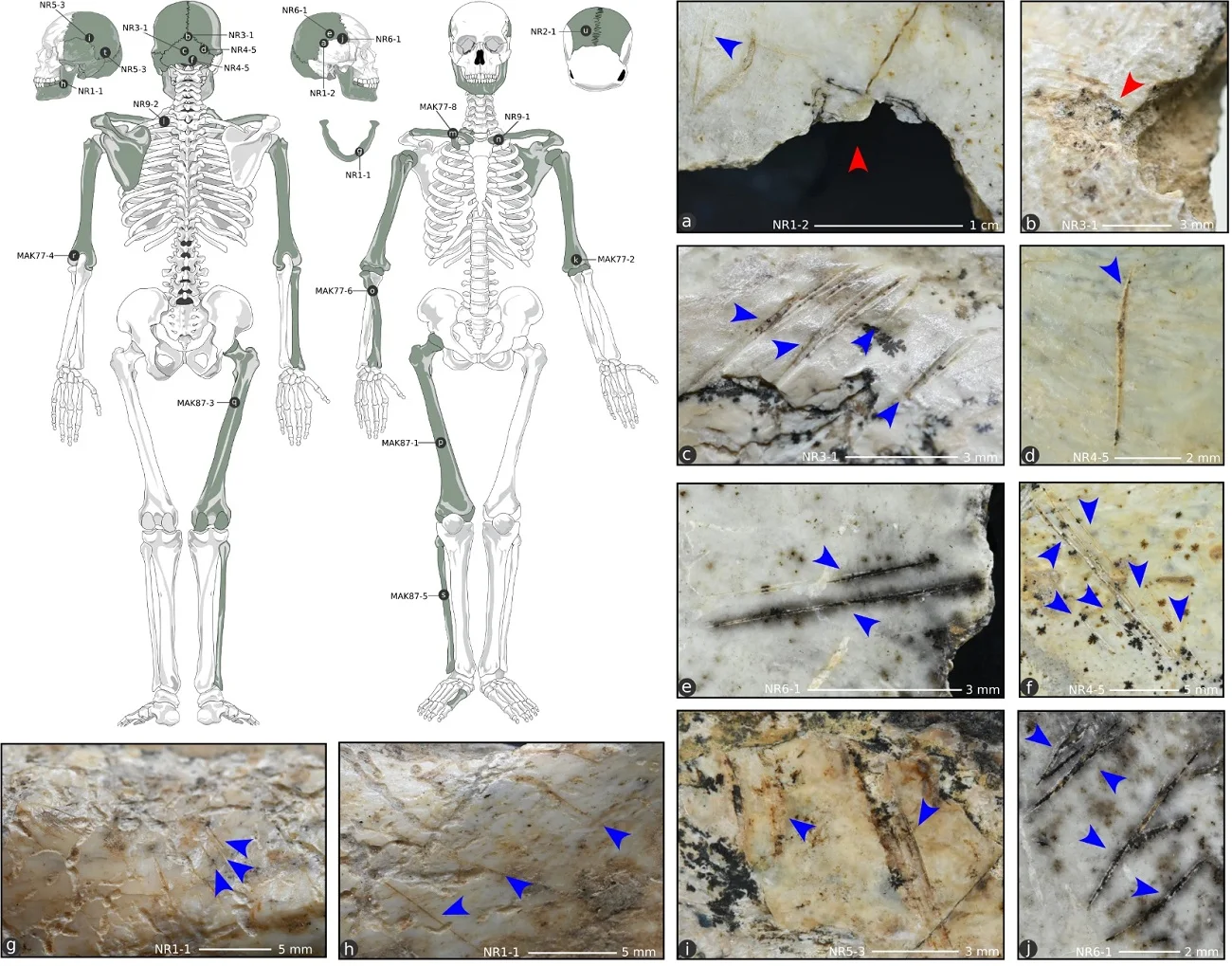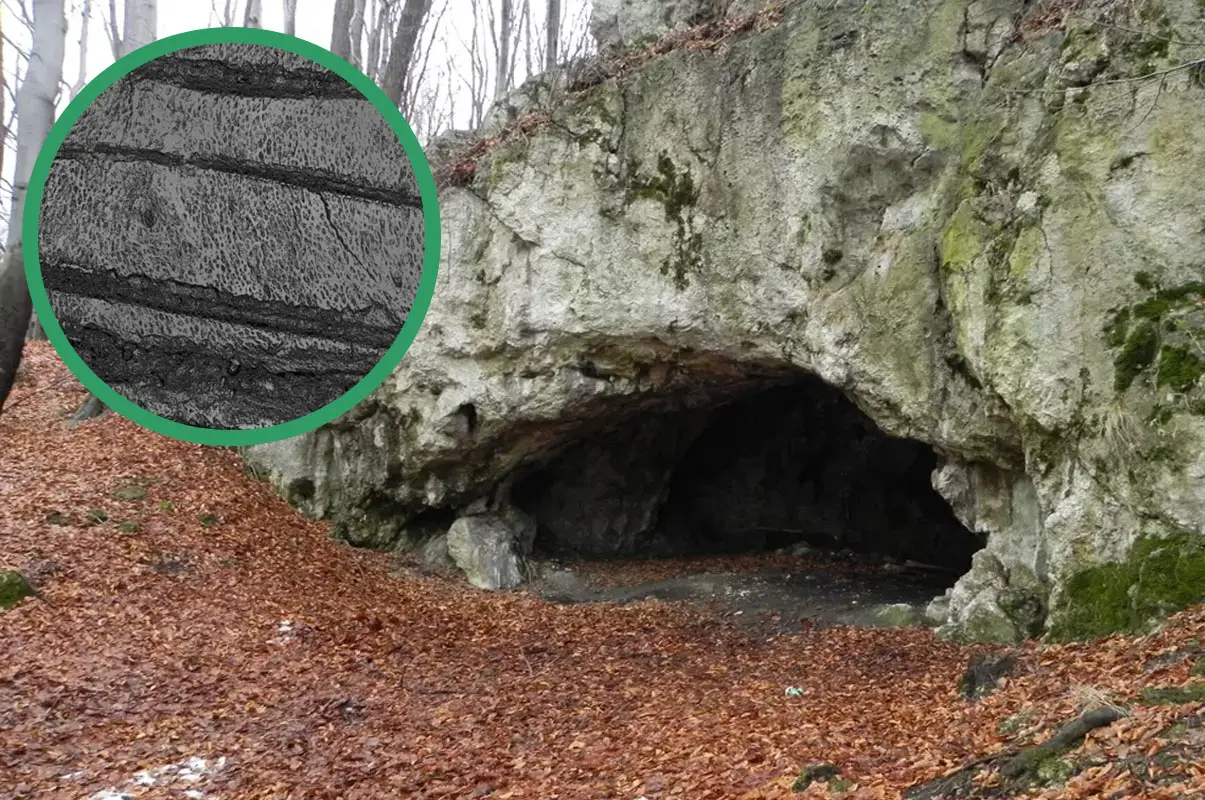An international team led by IPHES-CERCA and CSIC, has uncovered evidence of cultural cannibalism among Magdalenian communities in Maszycka Cave, Poland.
Maszycka Cave is located 20 km’s north of Karakow in the Pradnik valley, where previous studies have found assemblages of stone tools, animal bones, and human remains that are associated with the Magdalenian culture approximately 18,000-years-ago.
Magdalenian refers to later cultures of the Upper Palaeolithic and Mesolithic in western Europe that are largely descended from earlier Western European Cro-Magnon groups.
In a new study published in the journal Scientific Reports, a taphonomic analysis of 63 human bone fragments from Maszycka Cave has identified cut marks and intentional fractures linked to the extraction of muscle tissue, brain matter, and bone marrow – all indicative of human consumption.

Using advanced 3D microscopy, the study authors were able to determine marks made by human tools from those caused by natural processes or scavenging animals. Archaeologists suggest that the cut marks shown on skull remains were the result of the extraction of the scalp and flesh, while the fracturing is related to access to the brain, a nutrient-rich organ.
Long bones, including the femur and humerus, exhibit percussion fractures, indicating marrow extraction—a vital source of fat and calories. This deliberate processing suggests a thorough consumption strategy, focusing on the most nutrient-rich parts of the body.
Francesc Marginedas, the study’s lead author from IPHES-CERCA, said: “The location and frequency of the cut marks and the intentional fracturing on the bones are clearly evidence of nutritional exploitation of the bodies, ruling out the hypothesis of a funerary treatment without consumption.”
“Cannibalism is a behaviour documented at various times in human evolution. In prehistoric contexts, it could respond to both survival needs and ritual practices, or even to dynamics of intergroup violence,” added Marginedas.
Header Image Credit : Darek Bobak
Sources : IPHES – https://doi.org/10.1038/s41598-025-86093-w







